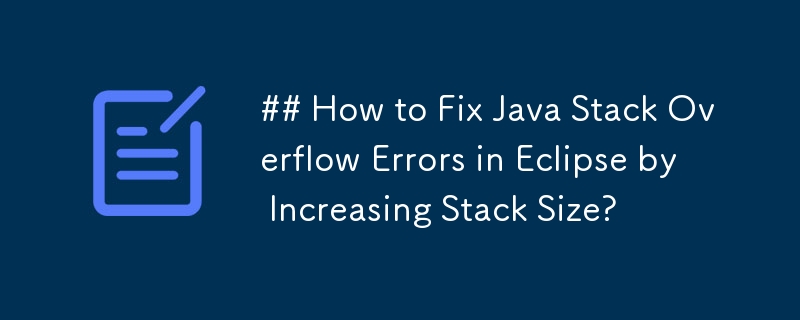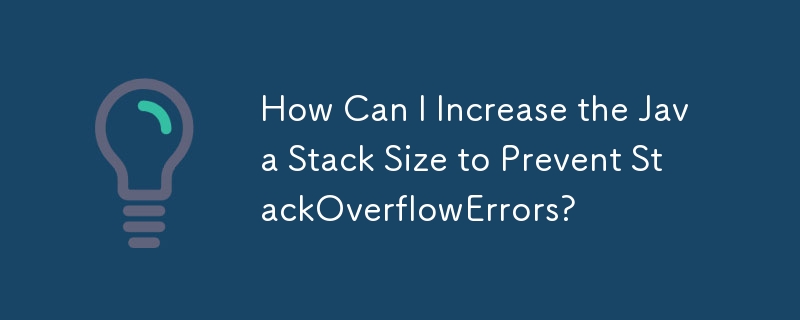Found a total of 10000 related content
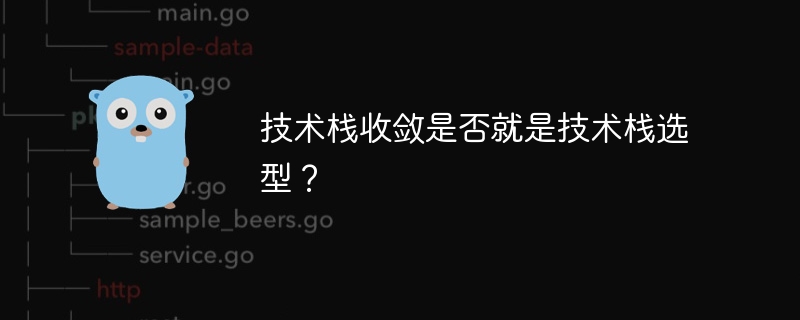
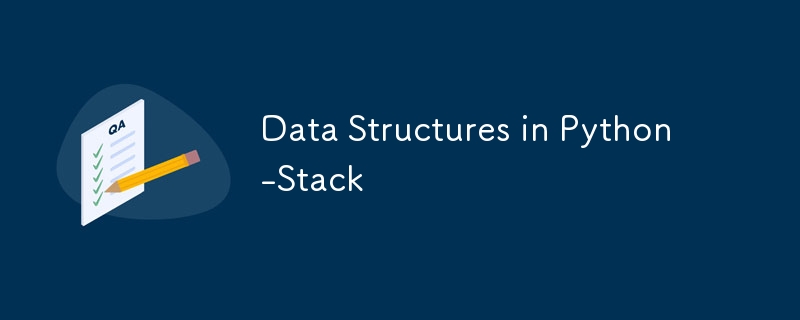
Data Structures in Python -Stack
Article Introduction:The stack in Python, like other programming languages, is a linear data structure that follows the last-in-first-out (LIFO) principle. This means that the last element added will be removed first.
Stack scene understanding:
Imagine a stack of plates and you can only add or remove the top plate. Common operations include "push" (adding an element), "pop" (removing the top element), and "peek" (viewing the top element without removing it).
Common operations on the stack:
Commonly used operations on the stack are as follows:
Push: Add an element to the top of the stack.
Pop: Remove and return the top element of the stack.
Peek: Returns the top element of the stack without removing it.
is_empty: Check whether the stack is empty.
size: return stack element
2025-01-19
comment 0
826

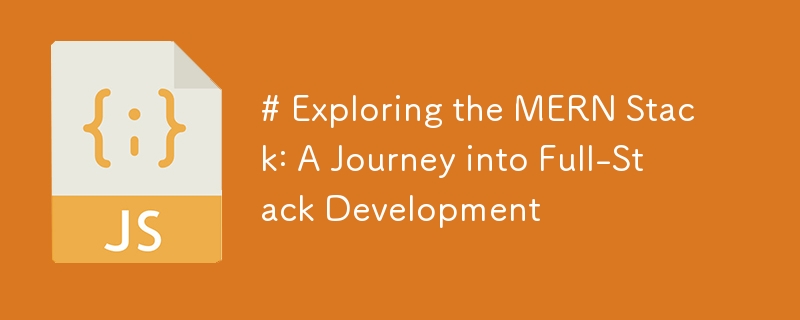
# Exploring the MERN Stack: A Journey into Full-Stack Development
Article Introduction:Introduction
The MERN stack is a popular choice for full-stack development, combining four powerful technologies:
MongoDB: A NoSQL database for flexible data storage.
Express.js: A backend web application framework for building APIs.
R
2024-12-24
comment 0
507

Tech Stack 5
Article Introduction:The React ecosystem is a dynamic landscape of constantly evolving technologies. This article delves into a powerful technology stack for building full-stack applications in 2025, allowing you to bring to life your own product (such as a SaaS) or
2025-01-04
comment 0
578

Returning even numbers from a stack in java
Article Introduction:Stack in Java
A stack is a last-in-first-out (LIFO) data structure. As shown below, the last book placed on the stack is the first one removed, and the first book placed on the stack is the last one removed.
In Java, you can create an integer stack by importing the java.util.Stack package and calling the Stack() constructor. You can use the push() method to push integer objects into the stack. The following code snippet provides an example.
Example
Here is a sample program:
import java.util.Stack;
public class Testing {
Public static void main
2025-02-07
comment 0
626

Stack Data Structure | Last In First Out (LIFO)
Article Introduction:-Push (Add Element): Add an element to the top of the stack. -pop (delete element): Remove element from the top. -isfull: Checks if the stack has reached its limit (10 in this case). -isempty: Check whether the stack is empty. -Display: Show stack elements. 1. Example: Index.html
2025-04-04
comment 0
1070

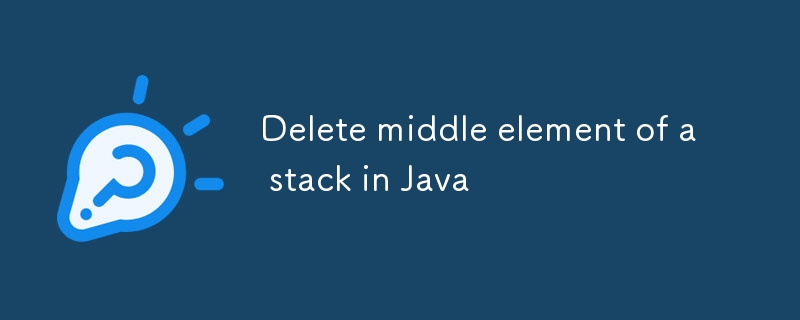
Delete middle element of a stack in Java
Article Introduction:To delete the intermediate element of the stack, you first need to remove the element above the intermediate element. After removing the intermediate elements, the elements above them need to be restored to maintain the original order. This operation can be implemented using a recursive method, as described below.
Due to the characteristics of the stack, we can only perform stack pressing and stacking operations on the top of the stack, so we cannot directly delete the intermediate elements of the stack.
Steps to delete the middle element of the stack
Step 1: Determine the position of the intermediate element First, you need to determine the intermediate element of the stack, the method is as follows:
If the stack contains 9 elements (indexes 0 to 8), the intermediate element is at position 4.
If the stack contains even numbers of elements (for example, 4 elements), the first of the two intermediate elements is deleted.
If the stack contains only one element,
2025-02-07
comment 0
548
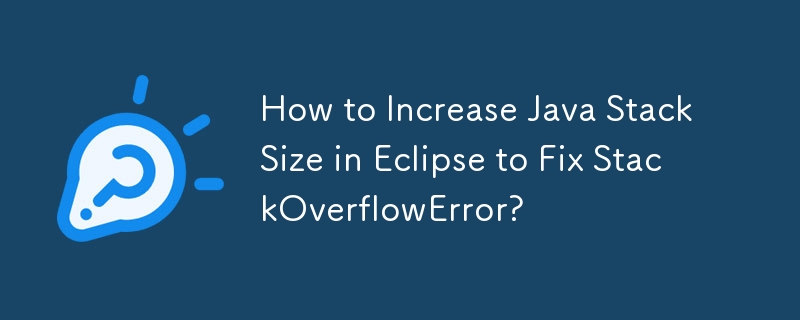
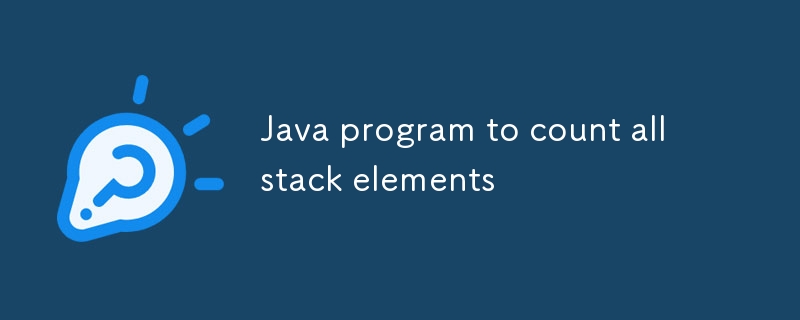
Java program to count all stack elements
Article Introduction:This tutorial will introduce several methods to calculate the number of elements in the Java stack. In Java, the stack is a basic data structure that follows the last in first out (LIFO) principle, which means that the elements recently added to the stack will be accessed first.
The practical applications of the stack include function call management, expression evaluation, etc. In these scenarios, we may need to calculate the number of elements in the stack. For example, when using the stack for function call management, you need to calculate the total number of function calls; when using the stack for evaluation, you need to calculate the total number of operations to be performed.
We will explore three ways to calculate the number of elements in the stack:
Use Stack.size() method
Using a for loop (iteration method)
Using recursive methods
Use Stack.size() method
count
2025-02-07
comment 0
823

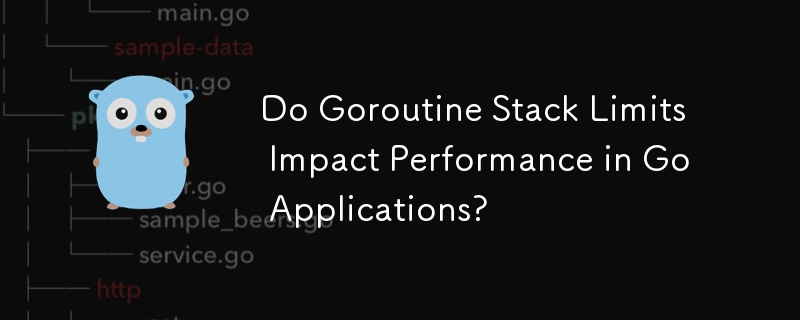
Do Goroutine Stack Limits Impact Performance in Go Applications?
Article Introduction:This article examines stack limits and performance differences in Go's goroutines. Despite misconceptions, spawned goroutines have dynamic stack allocation and similar stack limits to the main goroutine. However, performance differences occur due to
2024-10-23
comment 0
928
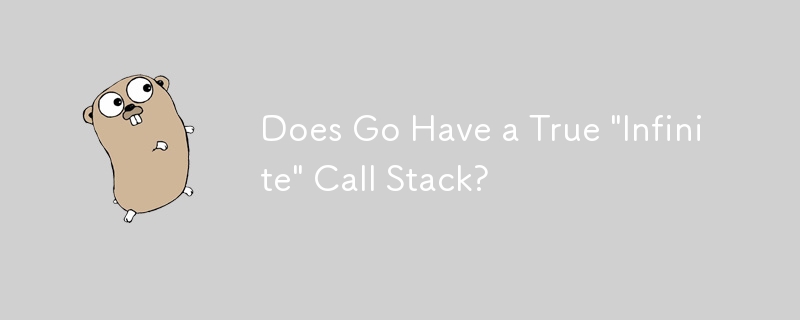
Does Go Have a True \'Infinite\' Call Stack?
Article Introduction:Go's "Infinite" Call StackQuestion:Does Go have an equivalent to Node.JS's "maximum call stack size"?Answer:Yes, Go has a maximum call stack size,...
2024-11-27
comment 0
906




